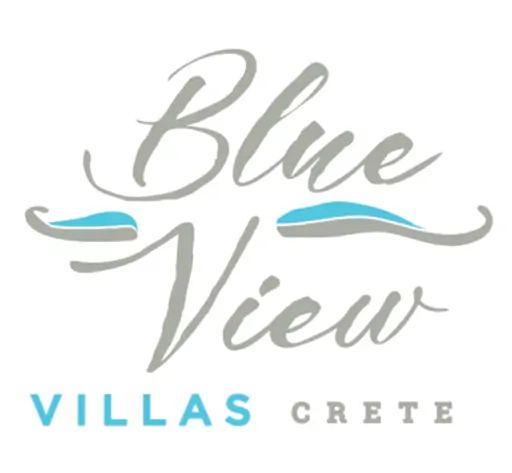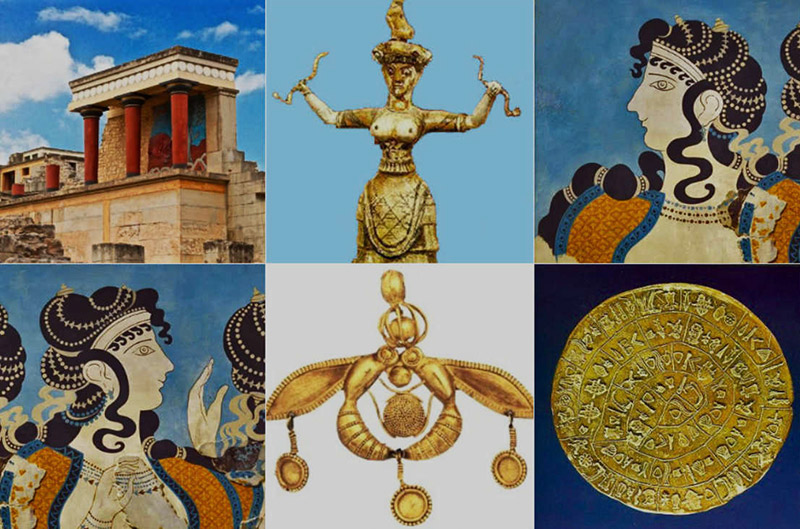Ancient Minoan Lifestyle
Ancient Minoan lifestyle, which thrived on the island of Crete around 2000 to 1450 BC, is a fascinating glimpse into one of the earliest advanced civilizations in Europe. The Minoans are renowned for their unique culture, art, and architecture, which continue to captivate historians and archaeologists today.
At the heart of Minoan society was their exceptional palace complexes, such as the Palace of Knossos, and the Palace of Malia which served as administrative, economic, and religious centers. These sprawling structures were adorned with intricate frescoes and featured innovative architectural elements like indoor plumbing systems, which were far ahead of their time. The Minoans had a profound connection with nature, as seen in their vibrant artwork depicting animals, plants, and marine life. They held sacred rituals and festivals, often featuring bull-leaping as a central ceremony, and the worship of the Mother Goddess played a significant role in their religious practices.
In terms of daily life, the Minoans were skilled traders, navigating the Mediterranean Sea to exchange goods such as pottery, metals, and textiles. They cultivated olives, grapes, and grains and are believed to have enjoyed a varied diet that included seafood. Evidence suggests a level of gender equality uncommon in ancient civilizations, with women participating in economic and religious activities. The Minoan script, known as Linear A, remains undeciphered, but it points to a complex society with its own written language. While much about the Minoans remains shrouded in mystery, their lifestyle represents a remarkable chapter in the history of human civilization, marked by sophistication, artistry, and an enduring legacy of cultural richness. Come to Blue View Villas and feel the Minoan vibe!





